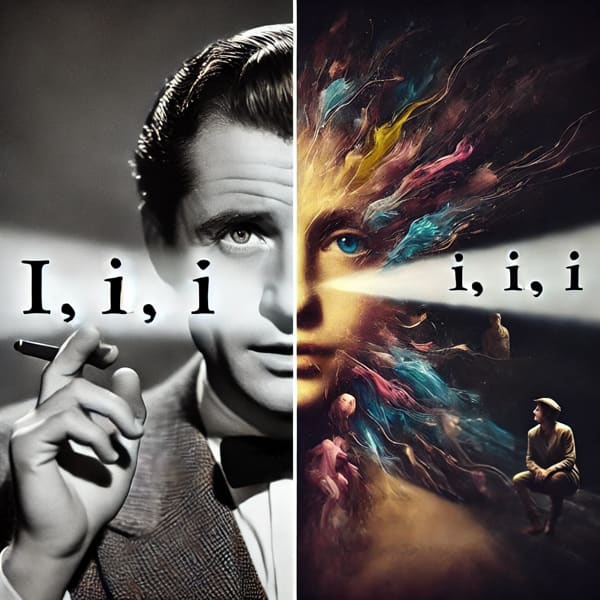
But in their genetic code is a deep, often ignored root: they were born in English.
Everything from the initial datasets to the way they construct sentences is imbued with a language where the subject is never in doubt.
English leaves no room for ambiguity:
"I run," "He speaks," "They know."
The subject is always there. In the field. Framed. In the center.
It is like a cinema that does not like out of focus.
Every character must have a face, every action an actor.
But the Italian doesn't.
We come from a different kind of film.
One where grammar is subtle choreography.
Where the subject may not even be there, if everyone understands who is acting.
A "I write" is enough to evoke gesture, voice, time.
There is no need to say "I write."
It is implied. It is implied.
It is art.
That is why, often, when an LLM translates from English to Italian, something breaks.
The sentence loses grace.
The rhythm stumbles.
The result sounds as if an uncertain tourist is reading it,
who has learned Italian with Duolingo
but has never seen a Scola film.
It is not just a translation problem.
It is a problem of gaze.
Because a language is a way of seeing the world.
And if artificial intelligence was born looking at it only in English,
then we must also teach it our light.
Our shadows.
Our silence full of meaning.
LLMs are not wrong, but they reflect the culture in which they were formed.
And until we have the courage to rewrite - not just correct -
we will continue to read sentences that sound good,
but which do not really belong to us.
Want to understand how it all started? Learn about the age of AI and its impact.
"To translate is to say almost the same thing."
- Umberto Eco


2 Responses